By Jess Megee
Famous tales of groups implementing violent means to further their illegal business operations have shaped the common conception of organized crime in Massachusetts. In response to this type of crime, the Massachusetts legislature enacted Massachusetts General Law ch. 272, § 99 (Section 99), which authorized police to use wiretaps to investigate organized criminal activity. Section 99 substantially relies on this common conception of organized crime, only authorizing wiretaps where criminals have committed a “designated offense” in connection with “the organized criminal trade.” This standard, however, has become impracticable in the modern criminal landscape.
The issue with Section 99’s efficacy is a direct result of the type of criminal activity prevalent in Boston. Since the fall of La Cosa Nostra and Whitey Bulger’s Winter Hill Gang, an array of highly territorial “street gangs” have dominated Boston’s underworld.” Although these entities engage in many of the same criminal operations as their more famous predecessors, they do so with less clear and defined motives. The difficulty in deciphering a clear motive renders the standard for upholding single-person consent wiretaps far too exacting to investigate gang related criminal activity. In particular, Section 99 proves inadequate as a tool to investigate gang violence, which is commonly motivated by retaliation, longstanding feuds and stature in the community, rather than any pecuniary end.
